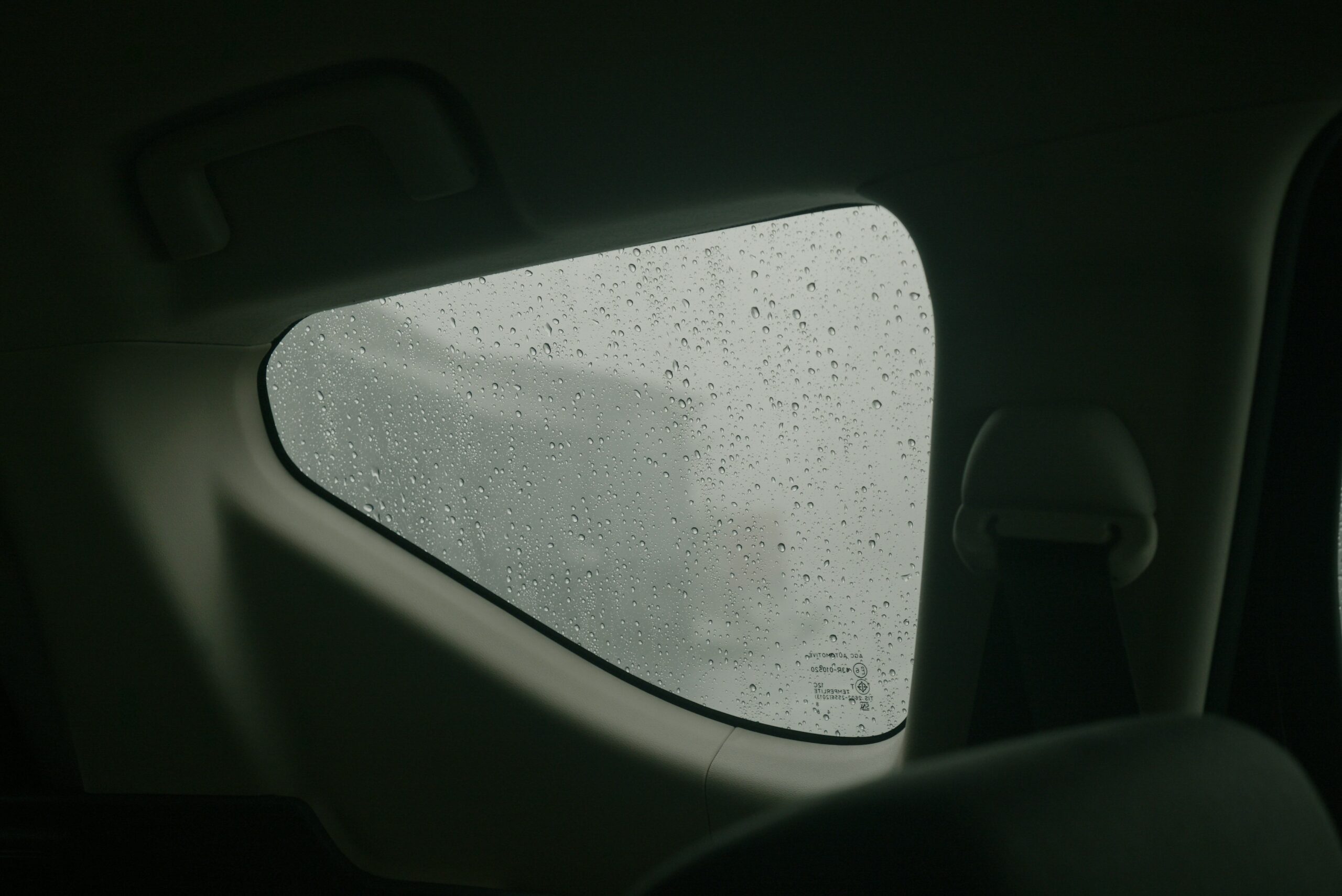Ever stared at your car after a hailstorm and wondered how much it would cost to fix all those dents? You’re not alone. Hail damage can turn even the sleekest ride into a dimpled mess, but here’s the kicker: improper repairs could cost you way more in the long run—especially when it comes to your insurance claim.
In this post, we’ll dive deep into everything you need to know about dent removal for hail-damaged cars. From why hail insurance is your best friend to the step-by-step process of getting your car back to showroom condition, we’ve got you covered. Plus, plenty of tips (and yes, a few rants) along the way!
Table of Contents
- Why Hail Damage Matters More Than You Think
- Your Step-by-Step Guide to Dent Removal
- Tips to Maximize Insurance Coverage
- Real-Life Success Stories: How Others Nailed It
- Frequently Asked Questions About Dent Removal
Key Takeaways
- Hail damage might seem minor, but ignoring it can lead to rust, leaks, or worse.
- The right dent removal method saves time and money—paintless dent repair (PDR) is often your best bet.
- Your hail insurance policy is essential; skipping this step could leave you footing the bill.
- Working with a certified PDR technician ensures quality work without voiding warranties.
Why Hail Damage Matters More Than You Think

Hailstones may look innocent falling from the sky, but they pack a punch. A single quarter-sized hailstone can wreak havoc on your car’s exterior—and if left untreated, these dents open doors to bigger problems like corrosion or water intrusion. I learned this the hard way when I ignored some minor dents on my old sedan… only to discover rust patches months later. Spoiler alert: That “quick fix” turned into a $500 nightmare.
The good news? Hail insurance exists precisely for situations like this. Many comprehensive auto insurance plans cover hail damage—but navigating claims isn’t always smooth sailing. One misstep, like using unapproved repair shops, could render your coverage useless.
Your Step-by-Step Guide to Dent Removal

“Optimist You:” “Okay, let’s just pop those dents out ourselves!”
“Grumpy You:” “Nope. DIY hacks like hairdryers or dry ice are disasters waiting to happen.”
Step 1: Assess the Damage
Park your car under good lighting and inspect every nook and cranny. Snap photos from multiple angles—it will come in handy when filing an insurance claim.
Step 2: Contact Your Insurance Provider
File a claim ASAP. Be transparent about the extent of the damage and keep records of communication. Ask if they have approved PDR specialists; working with them simplifies the reimbursement process.
Step 3: Choose Paintless Dent Repair (PDR)
PDR works wonders for hail-induced dents because it doesn’t involve sanding or repainting. Technicians use special tools to gently massage the metal back into shape. Bonus: It’s faster and cheaper than traditional methods.
Tips to Maximize Insurance Coverage
- Review Your Policy: Ensure “comprehensive coverage” includes hail damage before storms hit.
- Document Thoroughly: Use high-res images and videos to prove pre-existing conditions weren’t present.
- Avoid Quick Fixes: Don’t fall for gimmicky solutions promising instant results—they’re often temporary fixes.
- Be Wary of Deductibles: Some policies require paying a deductible upfront, so budget accordingly.
Real-Life Success Stories: How Others Nailed It
Case Study #1: After a brutal hailstorm in Texas, Sarah submitted her claim within 24 hours and opted for PDR through her insurer’s preferred network. Total cost? Zero dollars thanks to full coverage minus her deductible. Her advice? “Don’t wait until the last minute—act fast!”
Case Study #2: Mark tried removing dents himself with YouTube tutorials, which resulted in more scratches. He eventually hired a pro who reversed the damage entirely—and saved his wallet by sticking to his insurance plan’s guidelines.
Frequently Asked Questions About Dent Removal
Q: How much does professional dent removal cost?
A: On average, expect to pay between $50-$150 per dent. However, many insurance plans cover these costs under comprehensive coverage.
Q: Does PDR work for deep dents?
A: Not always. Deep dents that stretch or tear the metal may require conventional repairs instead.
Q: Can I negotiate my deductible?
A: Rarely. Deductibles are set terms of your contract. Focus on maximizing coverage elsewhere.
Conclusion
Dealing with hail damage doesn’t have to feel overwhelming. Armed with the right knowledge—like leveraging hail insurance and choosing PDR—you’ll save both cash and sanity. Remember, prevention is key: Regular maintenance and timely action make all the difference.
Before you go, here’s one final nugget of wisdom:
Storm strikes, dents grow bold, Fix now or face rust untold. Like Pokémon cards, hail hits strong—protect thy chariot!


